Every Scenario Covered:
Purchasing Workflows for the Construction Industry in Sage Intacct
Article by Eric Ward, President of Sockeye
Achieving a streamlined procurement cycle with well-defined transaction and purchasing workflows can sometimes feel impossible - especially in the construction industry. But in a recent presentation, Eric Ward, President of Sockeye, demonstrated a custom purchasing workflow built for a construction customer that’s revolutionized their business.
It’s a workflow leveraging Sage Intacct’s transaction definition hosting to allow for a completely customizable purchase order system. It combines multiple books with the open transaction definition workflow to fulfill as many purchase scenarios as necessary. In fact, explains Eric, “the client has asked for 2 more workflows from this example and those transaction definitions can be imported as well.” Different workflows can have different fields available or required as well as having different approval processes.
In the presentation, Eric demonstrated different types of purchase order scenarios, among them draft invoicing, IDIQ (indefinite delivery/indefinite quantity) requisitions, standard purchase requisitions, and construction contract requisitions. Each scenario contains sub-scenarios to account for every possible situation that can occur so the customer can keep track of all possible outcomes.
For example, in a standard purchase order scenario, if an invoice is received before the goods, the customer would want to record the invoice (which has its own set of GL entries that credits accounts payable and debits a “invoiced not received” account). Instead, if the goods are received first, the customer can track that through the fulfillment side to expense/inventory accounts. In the final sub-scenario (fulfill and invoice), the customer has received goods and the invoice in the same entry, which would be reflected in accounts payable and expense/inventory accounts.
The image above shows the start of the 6 different workflows
The above image displays the workflow for one type of the many purchasing transaction types as well as the posting effect in square brackets
The importance of this purchasing workflow is that the system can actually keep track of every scenario in each of the different workflows, which eliminates the possibility of accidentally sending a purchase order through two different workflows. “In the case that we receive all the purchase order goods through the fulfillment step, we can’t accidentally also receive the invoice and fulfillment thereby doubling the fulfillment. The system would only allow you to receive the invoice for that purchase order. The workflow forces it into following the path that was started”, says Eric.
This is an important distinction because branched workflow can lead to costly errors that slow down the cycle and report incorrect data. But with Intacct transaction definitions, everything is kept organized in a manner so that once you go down one path, you can only continue.
The above image shows a sample of a report that presents the desired picture of the vendor contract
Even more important is the ability to create and apply rules based on conditional statements to set maximum amounts, issue warnings, and more security measures. Different approval levels can also be set on that document itself. The current demo featured over 79 different steps in the workflow, but the utility of this system means that it can be completely customized to fit the client’s needs, and simply walks the end user through the steps to accomplish the desired result.
About the author
Eric serves as one of Sockeye's owners and leaders. He is a problem solver and easily engineers accounting solutions as we build out products for our clients. Eric oversees our ERP department, providing direction for software solutions and client business processes. He sees projects from one thousand feet above and produces utilitarian implementations time and again.
Eric Ward, President of Sockeye
